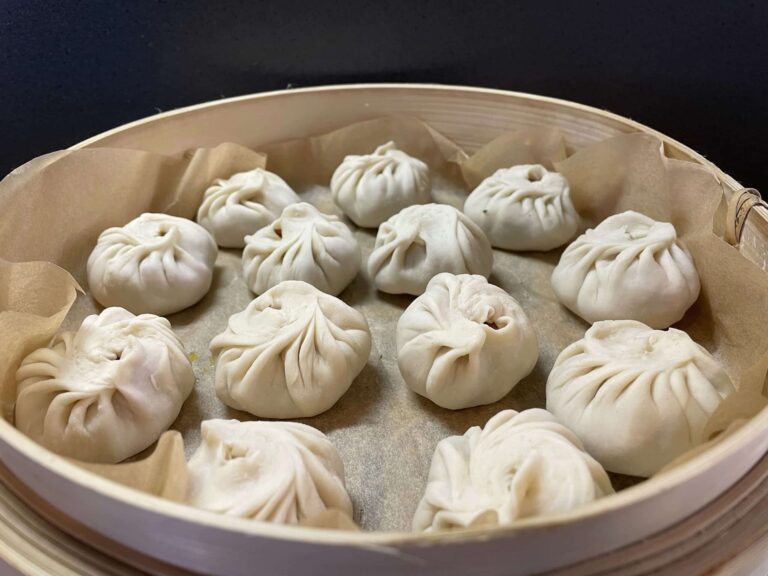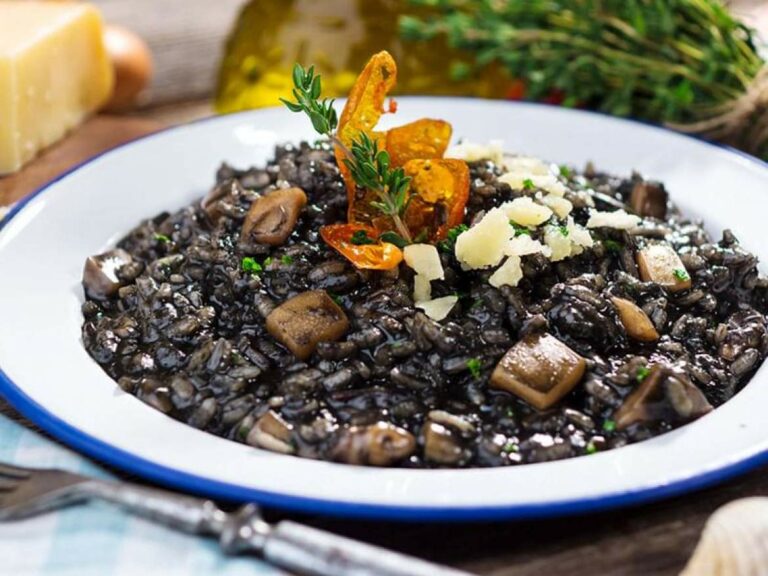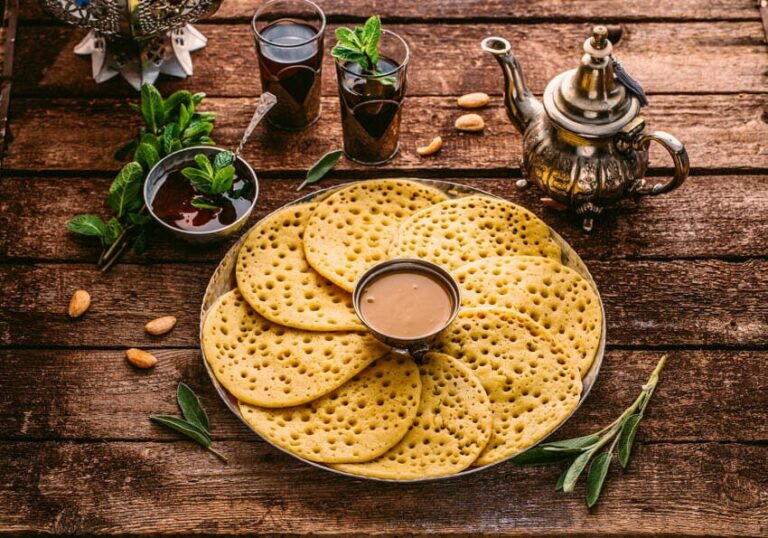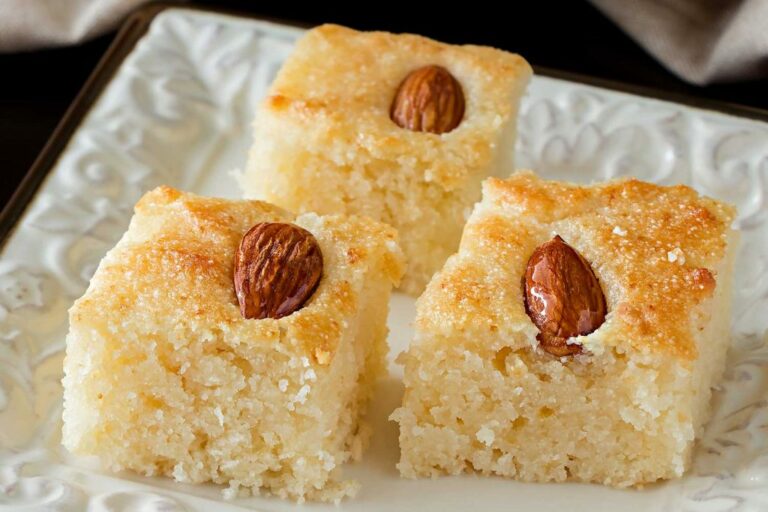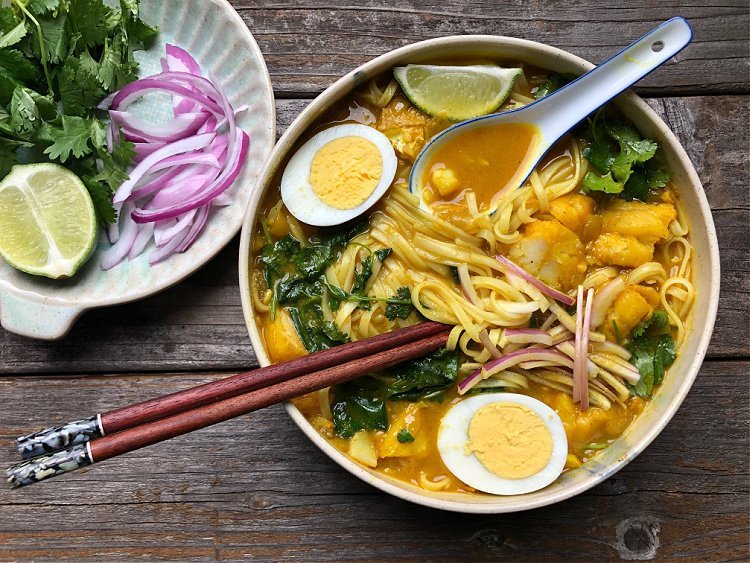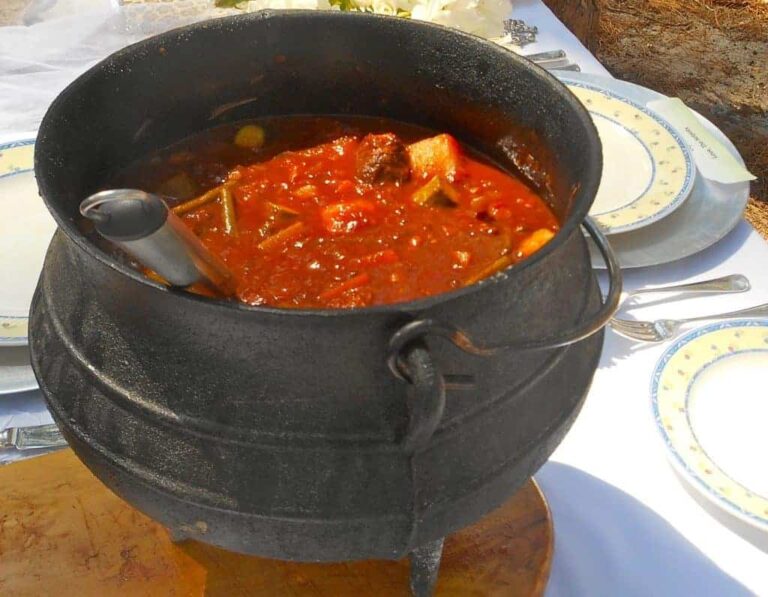Introduction to Mongolian cuisine
Mongolian cuisine is a unique blend of flavors and textures that have been shaped by the country’s nomadic way of life and harsh climate. The cuisine is known for its hearty, filling dishes that are often prepared with ingredients that are easily accessible in the region. Mongolian cuisine is also heavily influenced by the neighboring countries of China and Russia.
Food is an integral part of Mongolian culture, and it is often served in large quantities to symbolize hospitality and generosity. Meat, dairy products, grains, and vegetables are the main ingredients used in Mongolian cuisine. In this article, we will explore each of these ingredients in detail.
Meat: A staple of Mongolian cuisine
Meat is a staple of Mongolian cuisine, and it is often the centerpiece of a meal. The most commonly used meats in Mongolian cuisine are beef, mutton, and horse meat. These meats are often cooked in a variety of ways, including boiling, stewing, grilling, and frying. One of the most famous Mongolian meat dishes is buuz, which are steamed dumplings filled with meat and vegetables.
In addition to the more common meats, Mongolian cuisine also features more unusual meats such as camel, yak, and goat. These meats are often used in traditional dishes such as khorkhog, which is a dish made by cooking meat, vegetables, and hot stones in a covered pot. The result is a tender, flavorful meal that is perfect for sharing with friends and family.
Dairy products in Mongolian cuisine
Dairy products are another important ingredient in Mongolian cuisine. Milk, cheese, and yogurt are all common dairy products used in Mongolian dishes. Mongolian cuisine also features a unique dairy product called airag, which is a fermented mare’s milk that is often served as a beverage.
One of the most popular Mongolian dairy dishes is tsagaan idee, which is a type of cheese made from sheep’s milk. The cheese is aged and then served with bread, tea, and sometimes meat. Dairy products are also used in soups, sauces, and stews to add richness and depth of flavor.
Grains and starches in Mongolian cuisine
Grains and starches are an important part of Mongolian cuisine, and they are often used to create hearty, filling dishes. Buckwheat, barley, and millet are commonly used grains in Mongolian cuisine. These grains are often used to make dishes such as noodle soups and porridges.
Potatoes, rice, and noodles are also commonly used starches in Mongolian cuisine. One popular dish is tsuivan, which is a type of noodle dish made with meat, vegetables, and noodles. Another popular dish is khuushuur, which are fried dumplings filled with meat and vegetables.
Vegetables and herbs in Mongolian cuisine
Vegetables and herbs are also an important part of Mongolian cuisine. However, due to the harsh climate, fresh vegetables are not always readily available. Root vegetables such as carrots, onions, and turnips are commonly used in Mongolian dishes. Cabbage and peppers are also used in some dishes.
Herbs such as dill, cilantro, and parsley are commonly used to add flavor to Mongolian dishes. One popular dish that features a variety of vegetables and herbs is boodog, which is a dish made by cooking meat, vegetables, and hot stones in a covered pot.
Spices and seasonings in Mongolian cuisine
Mongolian cuisine is not known for its use of spices, but rather for its use of simple seasonings. Salt, pepper, and garlic are commonly used to season meats and vegetables. However, Mongolian cuisine does feature some unique seasonings such as the Mongolian spice blend called buuzyn tsagaan idee, which is made with toasted flour, salt, and sometimes cumin.
In conclusion, Mongolian cuisine is a unique and flavorful blend of ingredients that have been shaped by the country’s nomadic way of life and harsh climate. Meat, dairy products, grains, vegetables, and simple seasonings are the main ingredients used in Mongolian dishes. Whether you are enjoying a hearty meat dish or a flavorful vegetable soup, Mongolian cuisine is sure to satisfy your taste buds.

